Purpose Without Equity Is Just Optics
Walk into most boardrooms today and you’ll find purpose statements proudly displayed – on posters, websites, and strategy decks. But too often, that’s where it ends.
When an organisation’s purpose is disconnected from the lived experiences of its people – especially those from underrepresented groups – it becomes performative. It’s a veneer of values without the substance of action. And in today’s world, where employees, customers, and communities are increasingly discerning, performative purpose is not just ineffective – it’s reputationally risky.
This dissonance shows up in everything from hiring decisions to leadership behaviours to how safe people feel speaking up. More and more, organisations are exploring how to build cultures rooted in authenticity, inclusion, and purpose-led leadership – with resources like this guide to inclusive workplace culture offering practical starting points.
The Optics Gap
Over the past few years, we’ve witnessed a surge in organisations articulating their commitment to DEI. Yet, many of these declarations lack depth, failing to translate into meaningful change. This discrepancy between stated intentions and actual practices creates an “optics gap”, where the appearance of commitment overshadows genuine progress.
Employees are acutely aware of this gap. They notice when leadership teams lack diversity, when inclusive policies are absent, and when their voices go unheard. Such inconsistencies erode trust, leading to disengagement and attrition.
Equity: The Litmus Test of Purpose
True organisational purpose is not merely about aspirational statements; it’s about embedding equity into the very fabric of operations. Equity ensures that all employees, regardless of their background, have access to opportunities, resources, and support tailored to their unique needs.
Research underscores the tangible benefits of this approach. McKinsey’s 2023 report, highlights that companies with diverse leadership teams are significantly more likely to outperform their peers in profitability and value creation. Moreover, these organisations often exhibit greater innovation and resilience.
The Role of HR and Leadership
HR leaders and executives play a pivotal role in bridging the gap between purpose and practice. Here’s how:
- Audit organisational habits: Regularly examine policies and procedures to uncover gaps in lived experience versus stated values.
- Engage with lived realities: Create structures where employees can share experiences safely and openly – and ensure those insights shape decision-making.
- Build inclusive capability: Invest in leadership development that addresses how bias, silence, or tradition may be undermining progress.
- Track meaningful outcomes: Don’t just count what’s easy to measure; look at retention, wellbeing, progression and belonging across all groups.
From Gesture to Action
It’s often in the subtle, unspoken culture of the workplace that exclusion sits. When employees feel they need to hide parts of who they are – whether due to race, disability, sexuality or class – inclusion hasn’t truly arrived. Understanding and addressing behaviours like covering is one step towards closing the gap between intention and impact. Explore the concept here
Purpose without equity is merely a façade. For organisations to truly live their purpose, they must embed equity into every facet of their operations. This commitment not only fosters a more inclusive and engaged workforce but also drives innovation, resilience, and long-term success.
As leaders, the onus is on us to ensure that our organisations don’t just say the right things but do them. Let’s move beyond optics – and ensure our purpose is one that everyone can feel.







